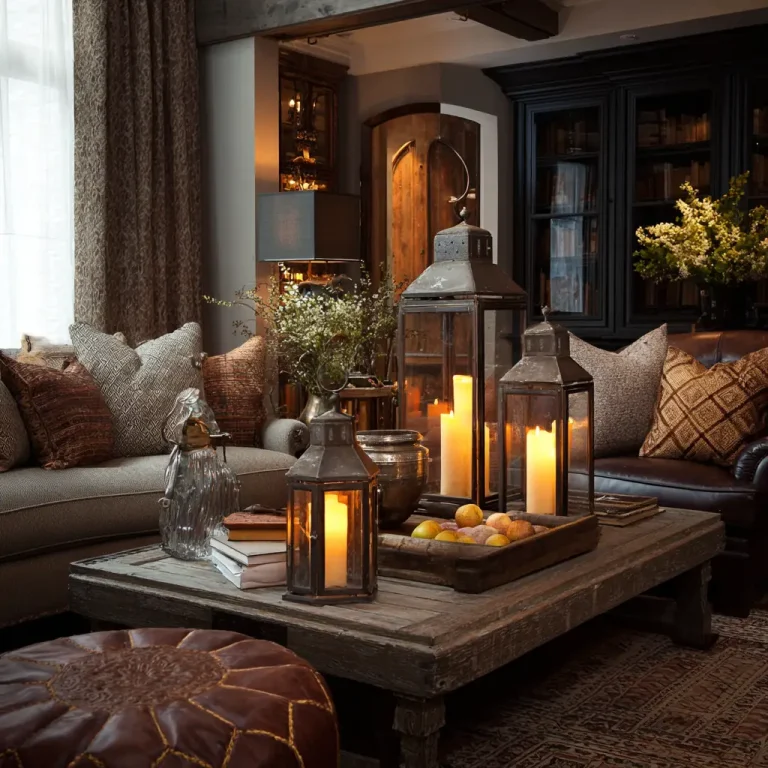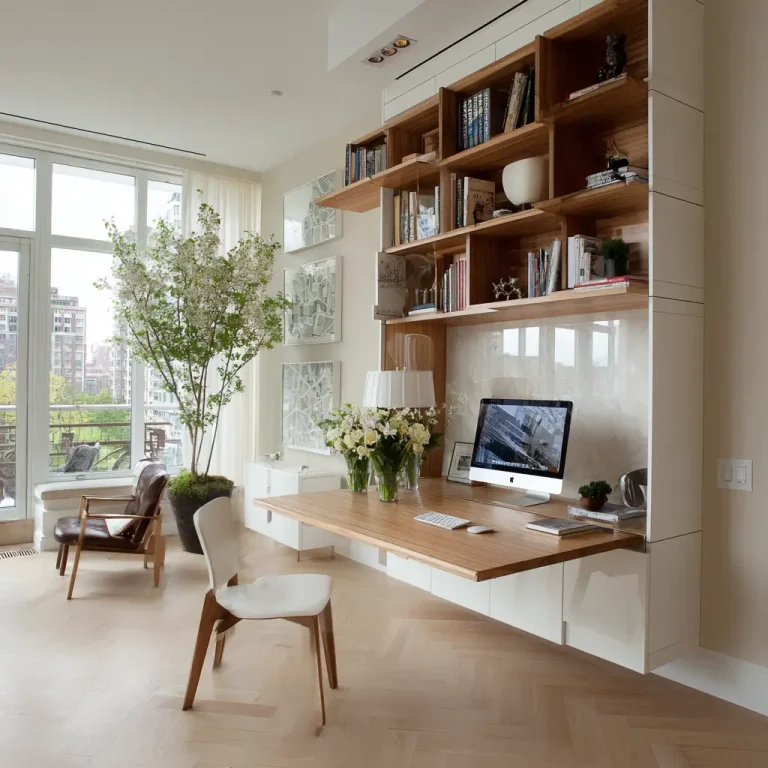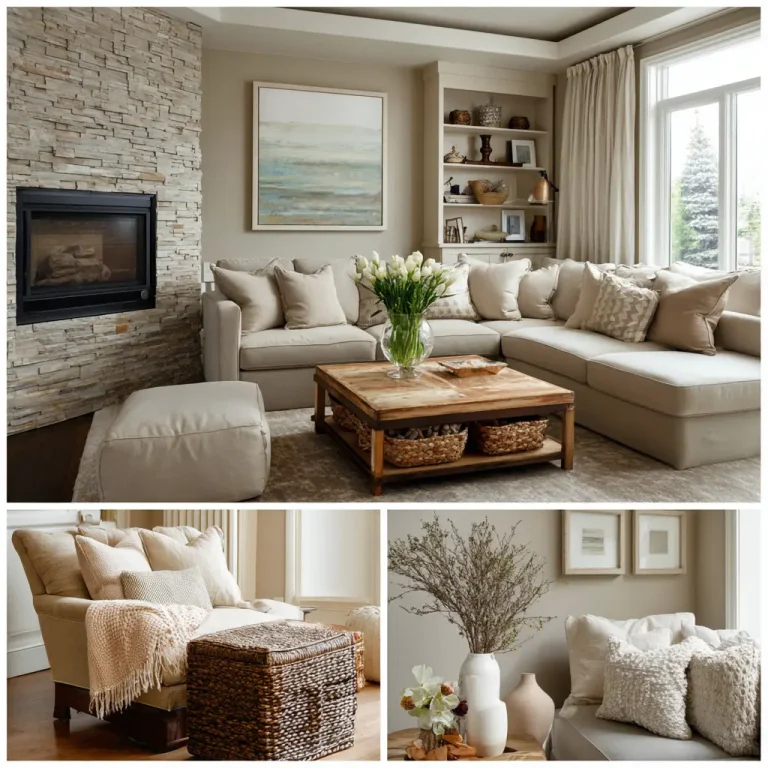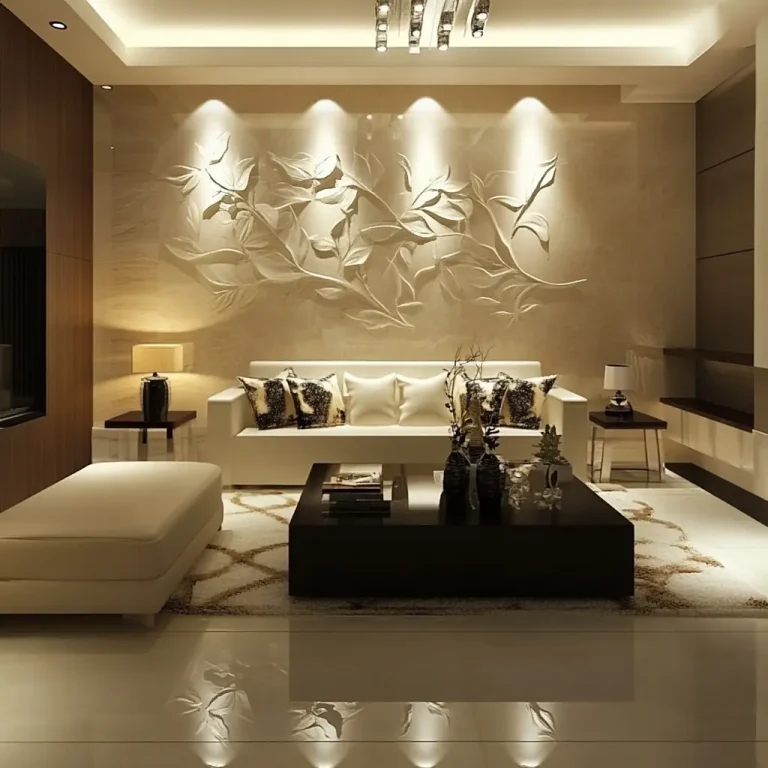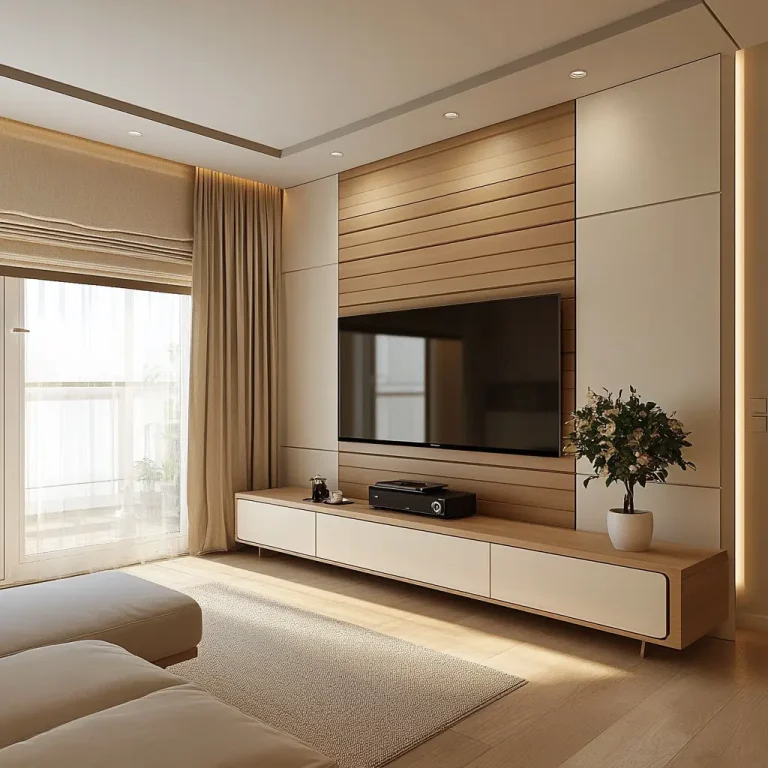30 Living Room Design Ideas That Feel Like Home
Your living room is more than just a space with a sofa and TV. It’s the place where stories unfold, where guests gather, and where you unwind after a long day. Whether you’re moving into a new home or revamping your current space, the right design can turn your living room into a reflection of your personality and lifestyle. Here are 30 living room design ideas that not only look beautiful but feel good to live in.
1. Embrace Minimalism
Simplify your space with a neutral color palette and sleek, functional furniture. A minimalist living room gives you room to breathe and reduces visual clutter. It’s ideal for smaller spaces or anyone who prefers a calm, clean environment.

2. Layer Textures for Warmth
A room becomes instantly more inviting when you layer different textures. Think soft wool throws, leather furniture, rattan baskets, and velvet cushions. Texture adds depth without overwhelming the space.

3. Choose Statement Lighting
Lighting is more than functional—it’s a design element. A sculptural pendant light or an oversized floor lamp can become a centerpiece while setting the mood.
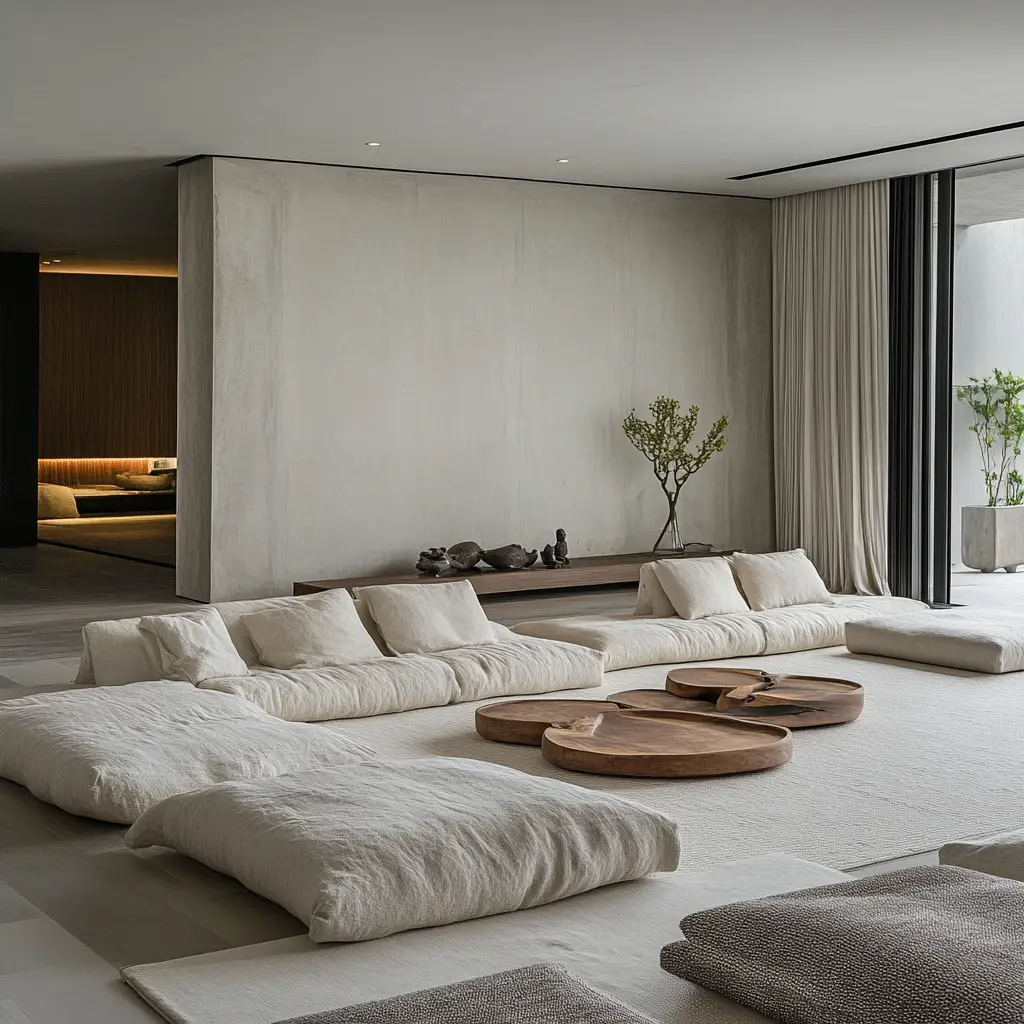
4. Add Open Shelving
Floating shelves or built-ins allow you to display art, books, plants, or travel souvenirs. They help personalize your space while keeping it organized.
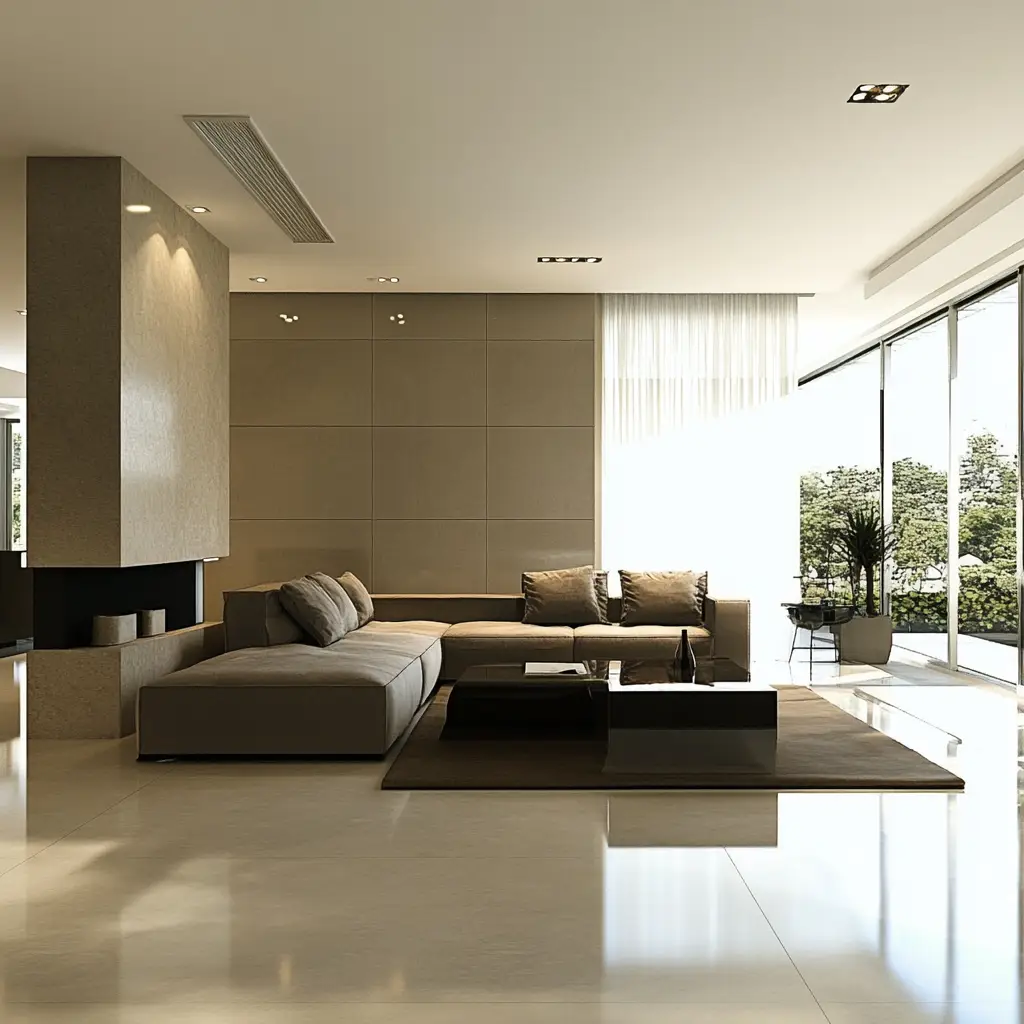
5. Use Earthy Tones
Warm tones like terracotta, olive green, beige, and rust create a grounded, comforting atmosphere. These colors work well in both modern and rustic designs.
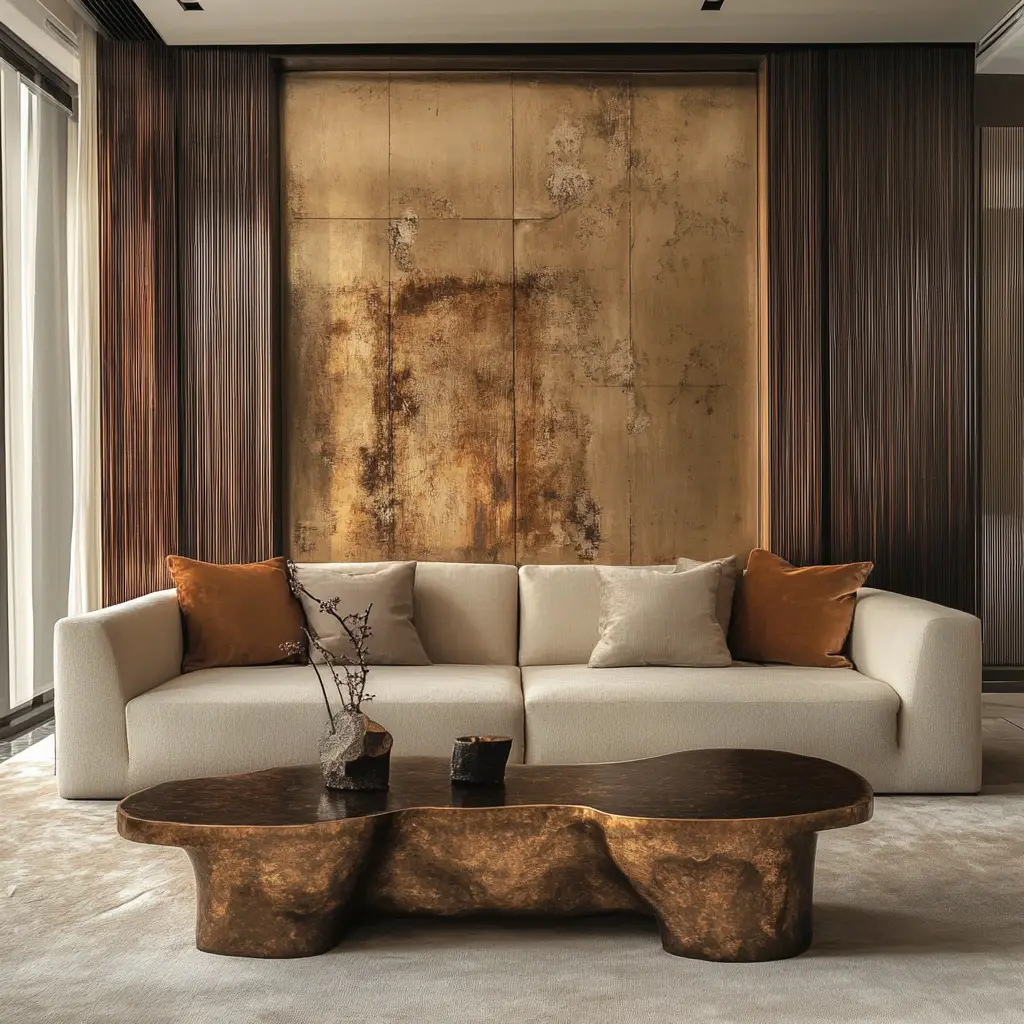
6. Incorporate Mid-Century Modern Elements
Mid-century modern style combines sleek lines, tapered legs, and functional shapes. Try a retro-inspired coffee table or an accent chair to give your room a timeless vibe.
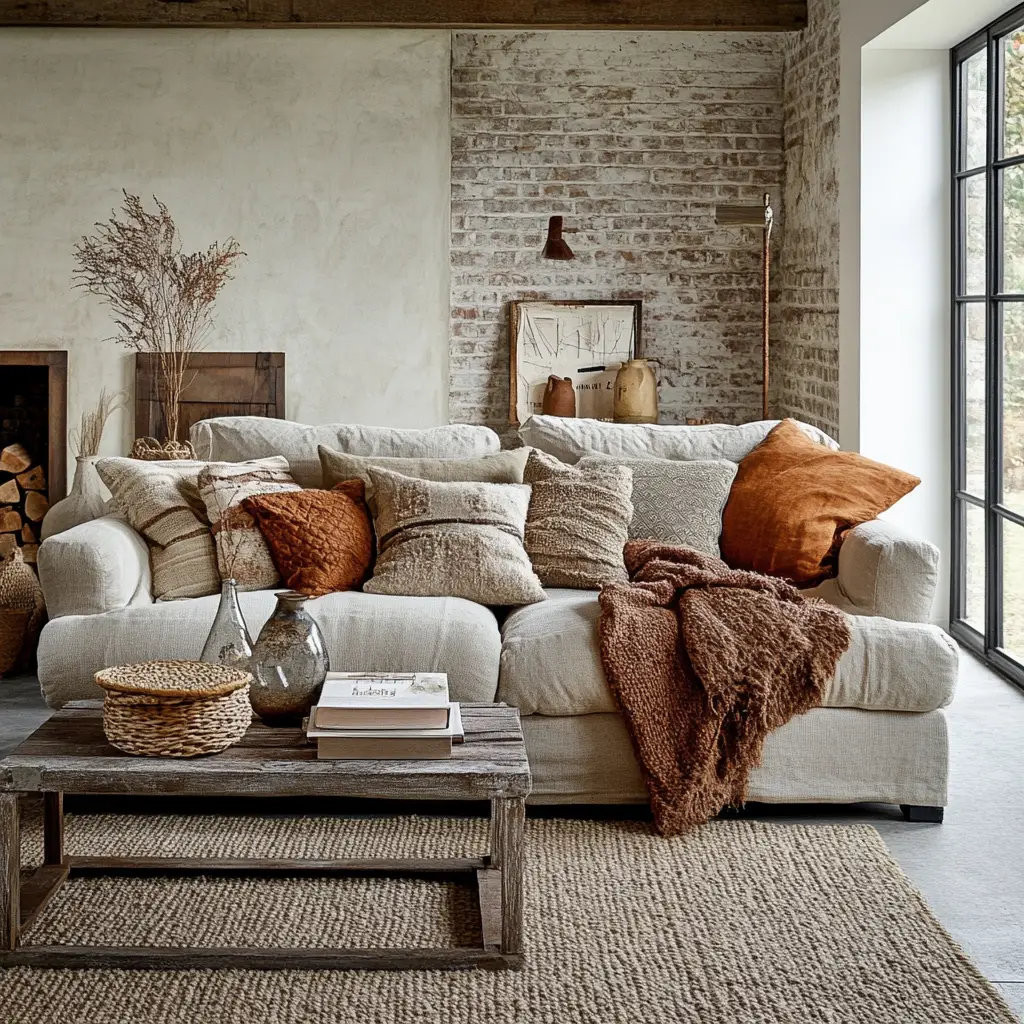
7. Create a Gallery Wall
Turn a blank wall into a conversation starter by hanging a curated mix of photographs, art, or prints. Use different frame styles and sizes for a collected, authentic feel.
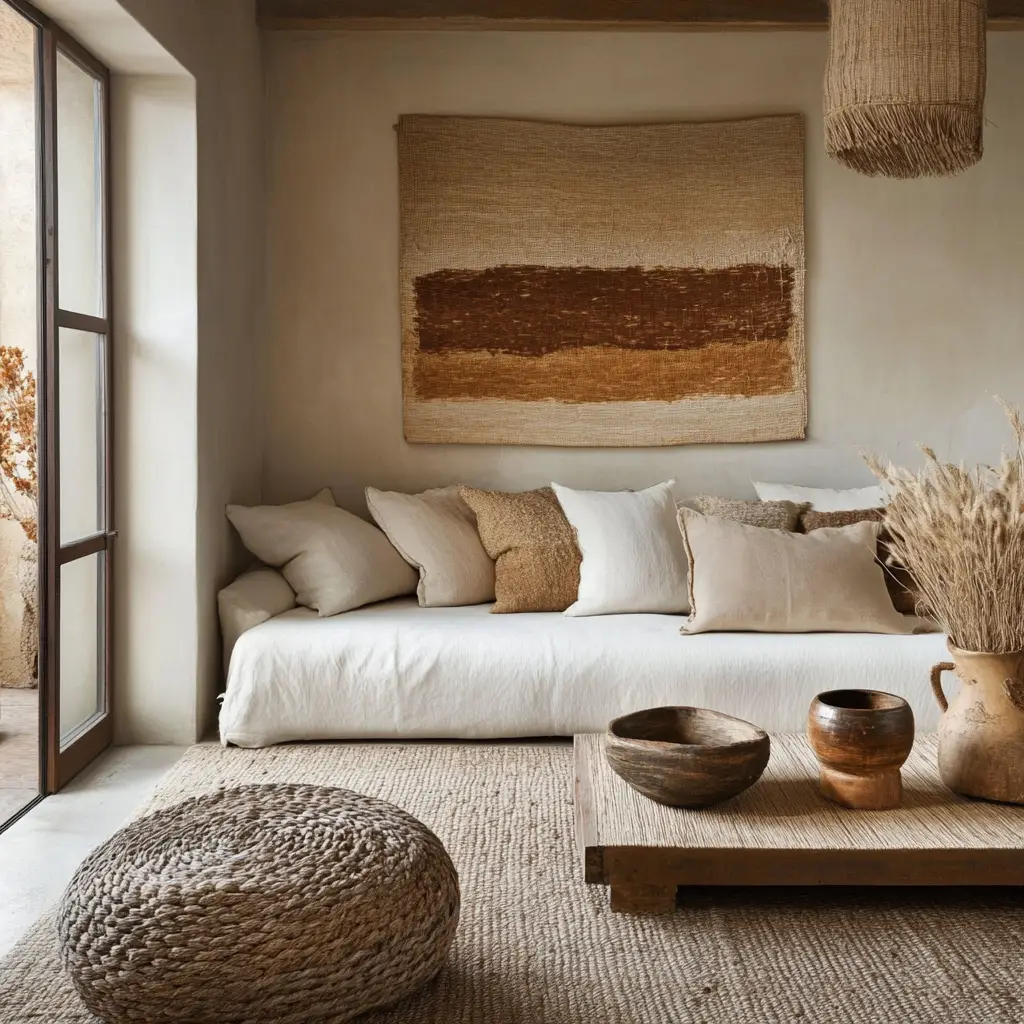
8. Go Bold with an Accent Wall
Paint or wallpaper one wall in a striking color or pattern. This simple trick adds depth and interest to your living room without a full renovation.

9. Layer Area Rugs
Layering rugs is an easy way to add softness and contrast. Place a smaller, patterned rug on top of a large neutral one for a cozy, eclectic look.

10. Add Built-In Storage
Custom built-ins make a room feel intentional and polished. Use them to hide clutter, house electronics, or showcase favorite books and décor.
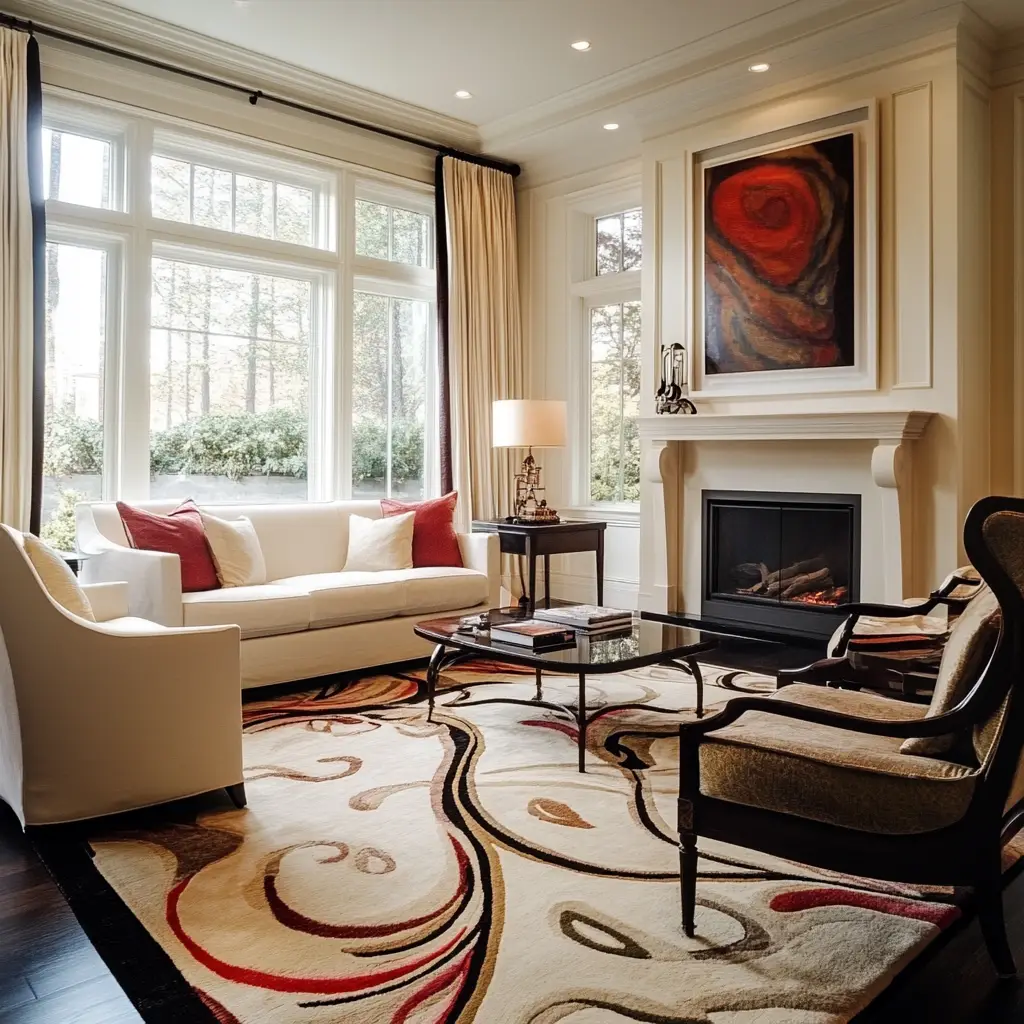
11. Introduce Industrial Style
Raw materials like metal, brick, and reclaimed wood give your space an edge. Industrial design works especially well in lofts or open-concept living areas.
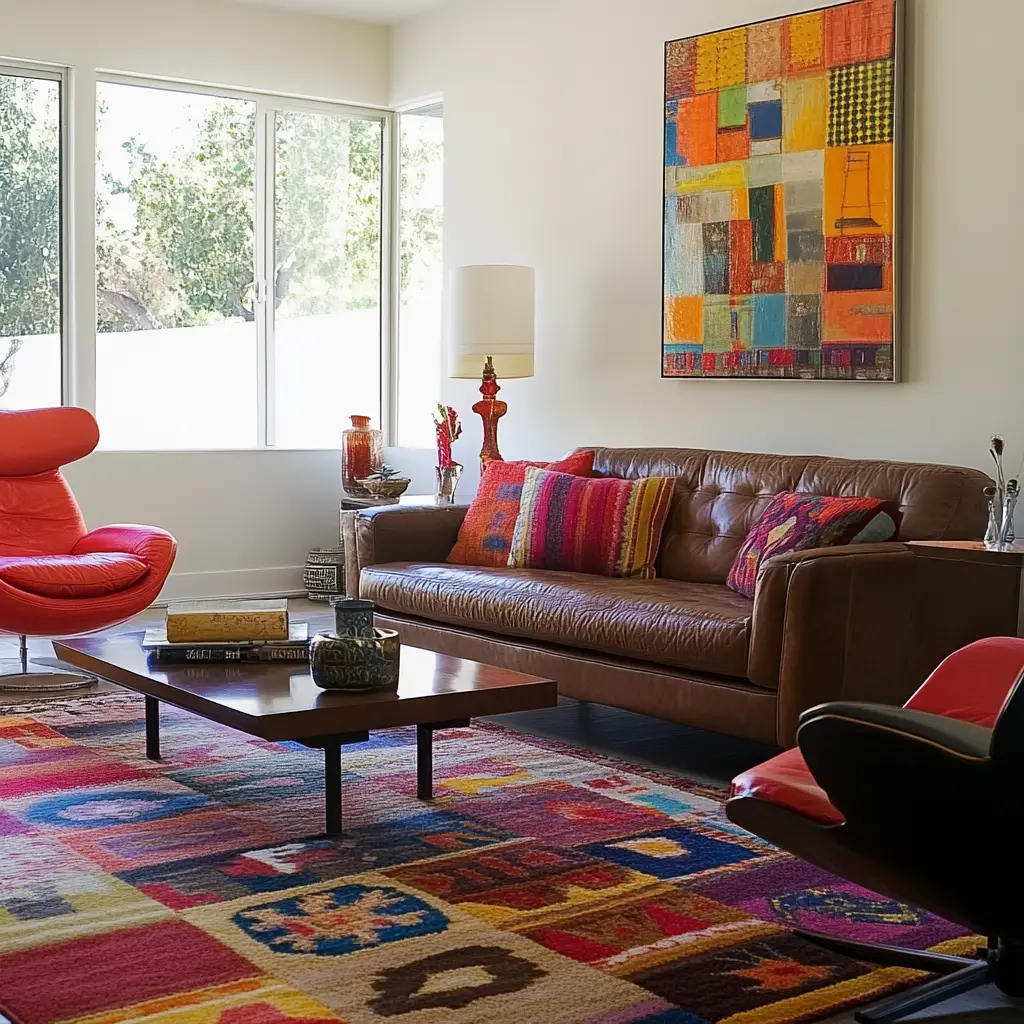
12. Go Scandinavian
Scandinavian design is known for its simplicity, functionality, and beauty. Light wood tones, white walls, and cozy textiles like sheepskin or knit throws make the space feel bright and homey.
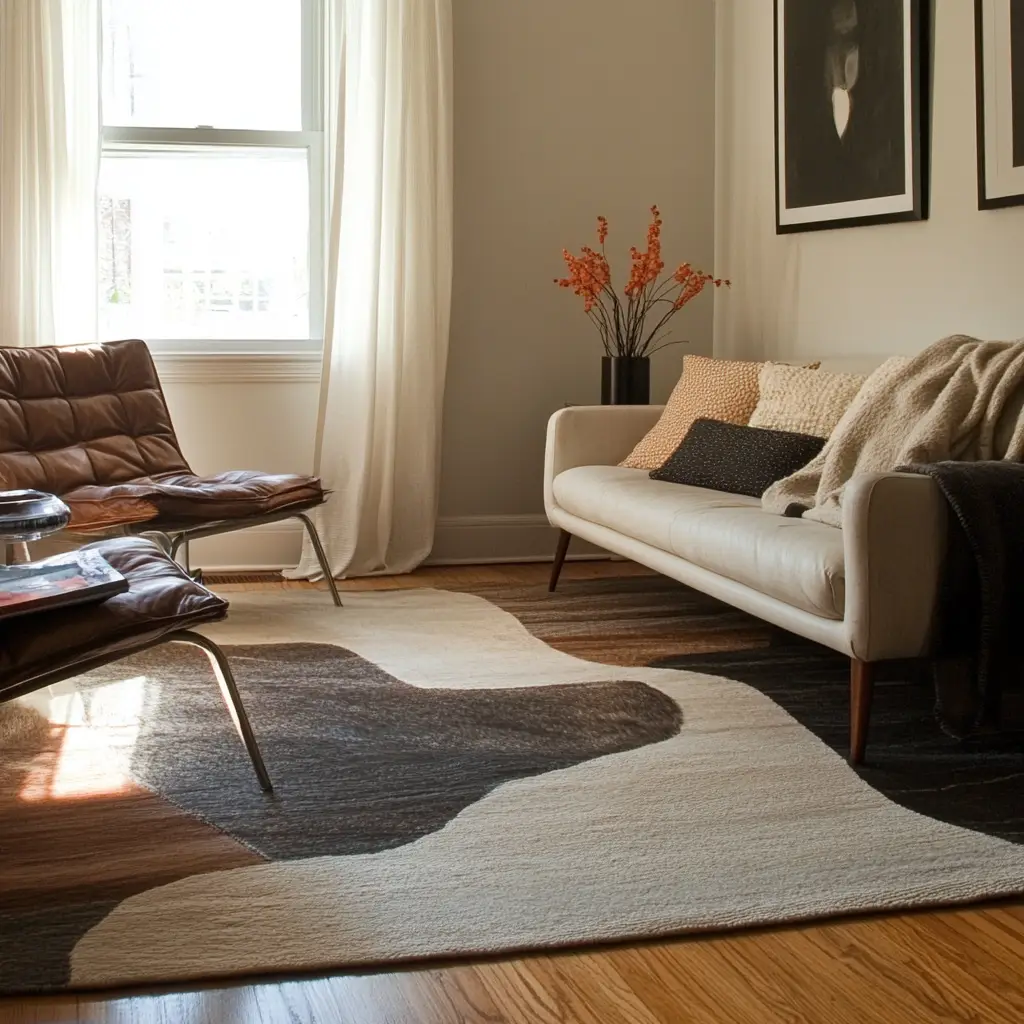
13. Mix Styles for an Eclectic Look
Don’t feel like you have to stick to one style. Mix vintage and modern, rustic and industrial—just keep a cohesive color palette to tie it all together.

14. Bring in the Outdoors with Plants
Plants breathe life into any room. From tiny succulents to tall fiddle leaf figs, greenery improves air quality and adds organic texture.
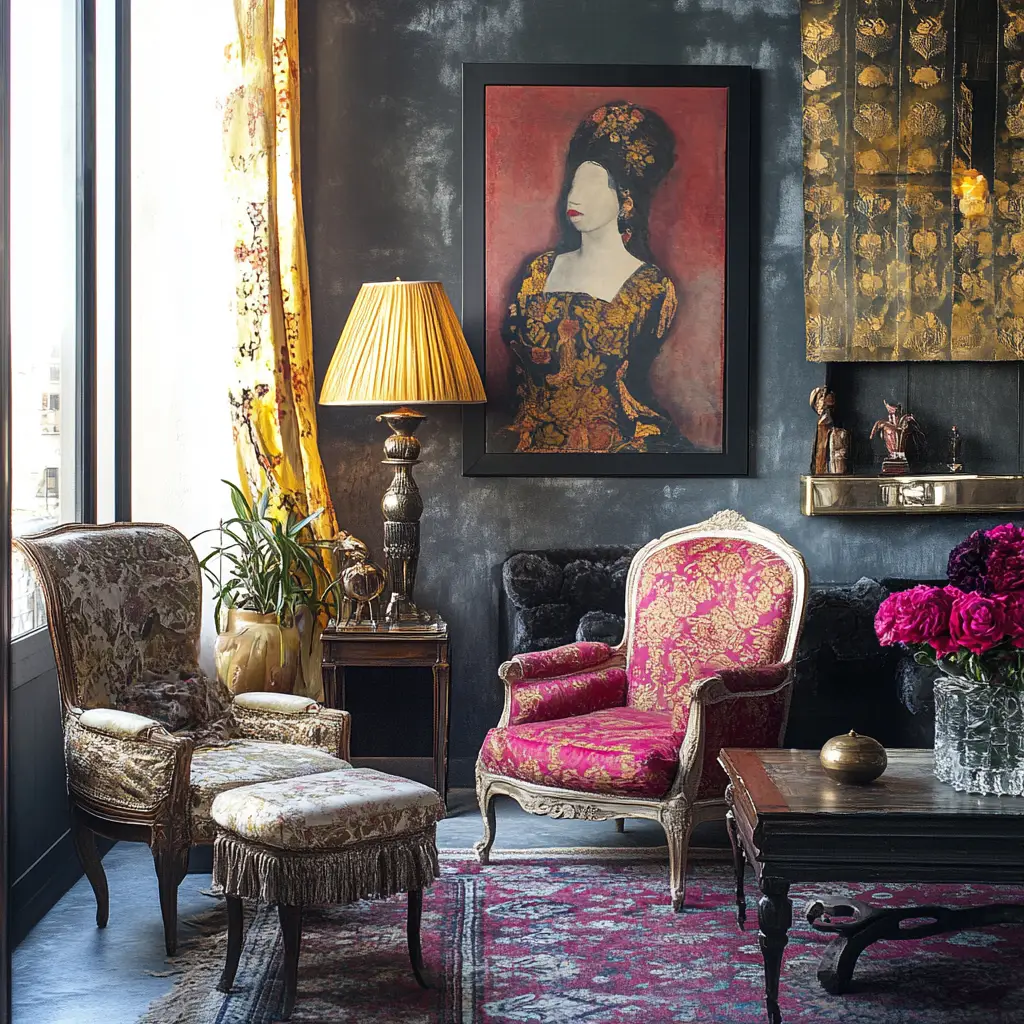
15. Choose Soft Neutrals
Soft neutral tones like ivory, taupe, and dove gray serve as a serene backdrop and can make your space feel larger and more tranquil.
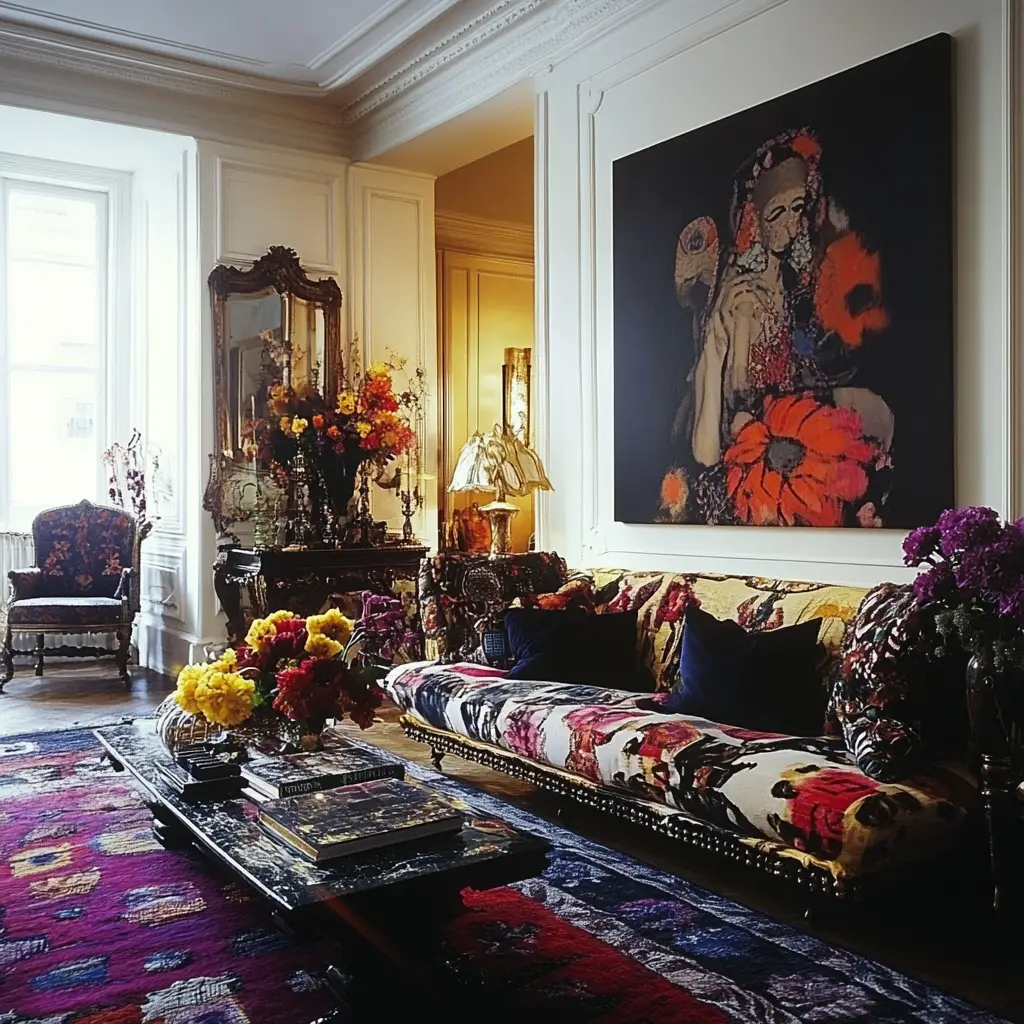
16. Try a Modern Farmhouse Aesthetic
Blend country charm with contemporary design. Think distressed wood beams, cozy fabrics, and updated lighting for a welcoming yet current feel.
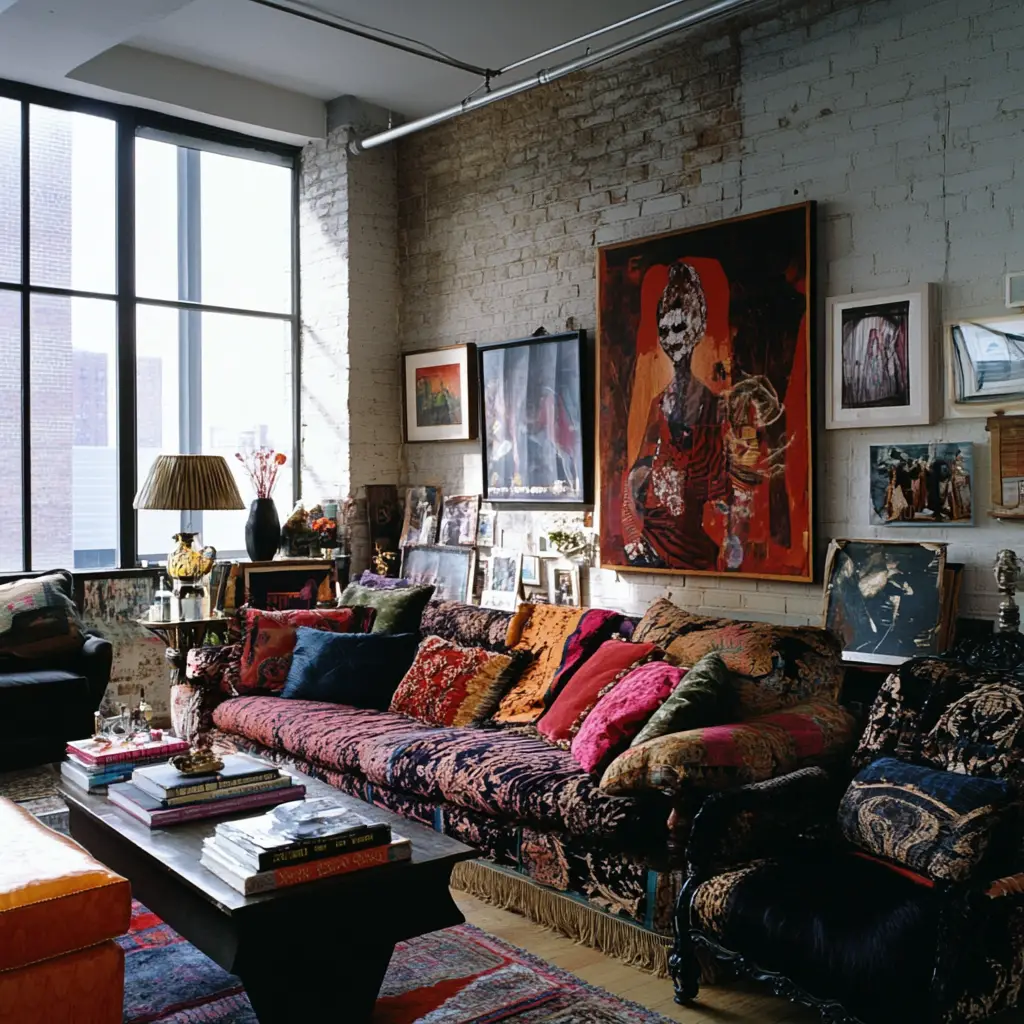
17. Install a Floating Media Unit
Wall-mounted consoles free up floor space and provide a sleek, modern alternative to traditional TV stands.
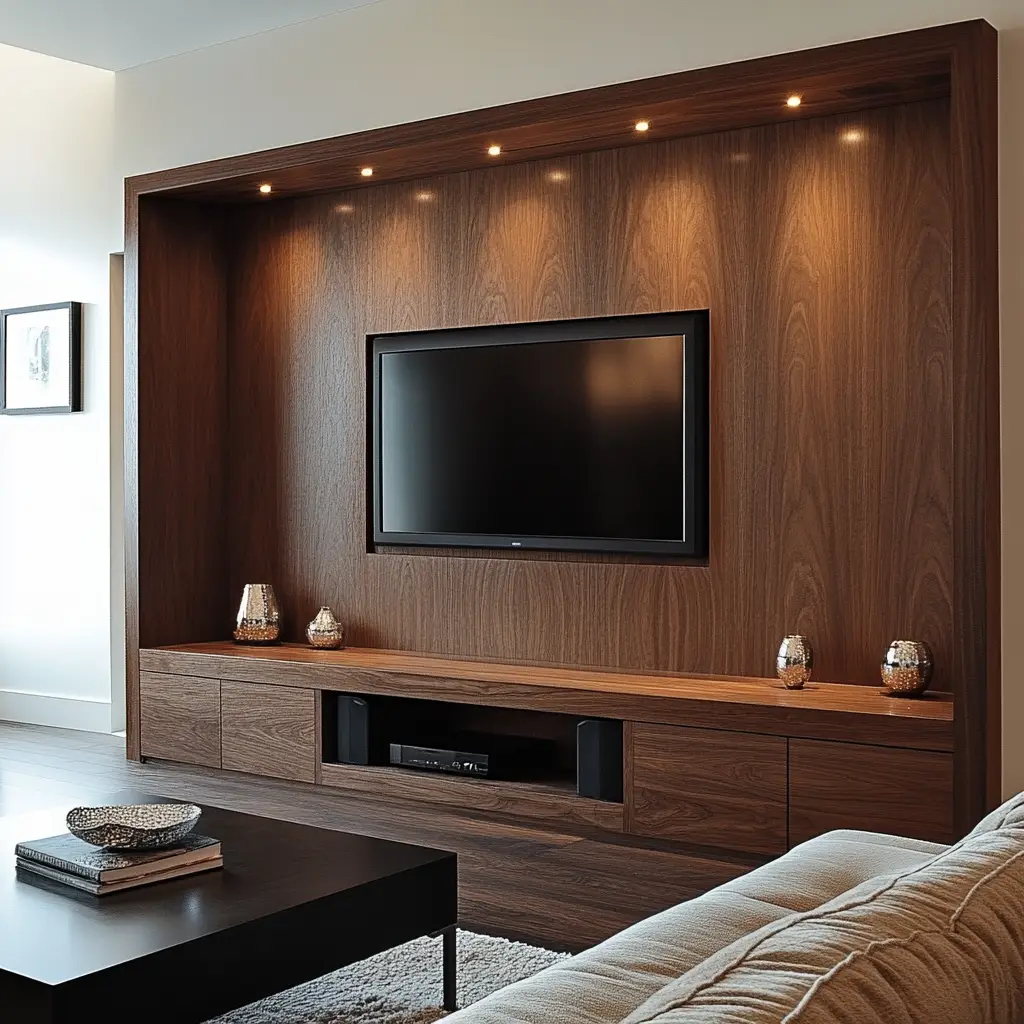
18. Make the Fireplace a Focal Point
Whether real or faux, a fireplace adds warmth and style. Decorate the mantel with seasonal elements or minimalist art.
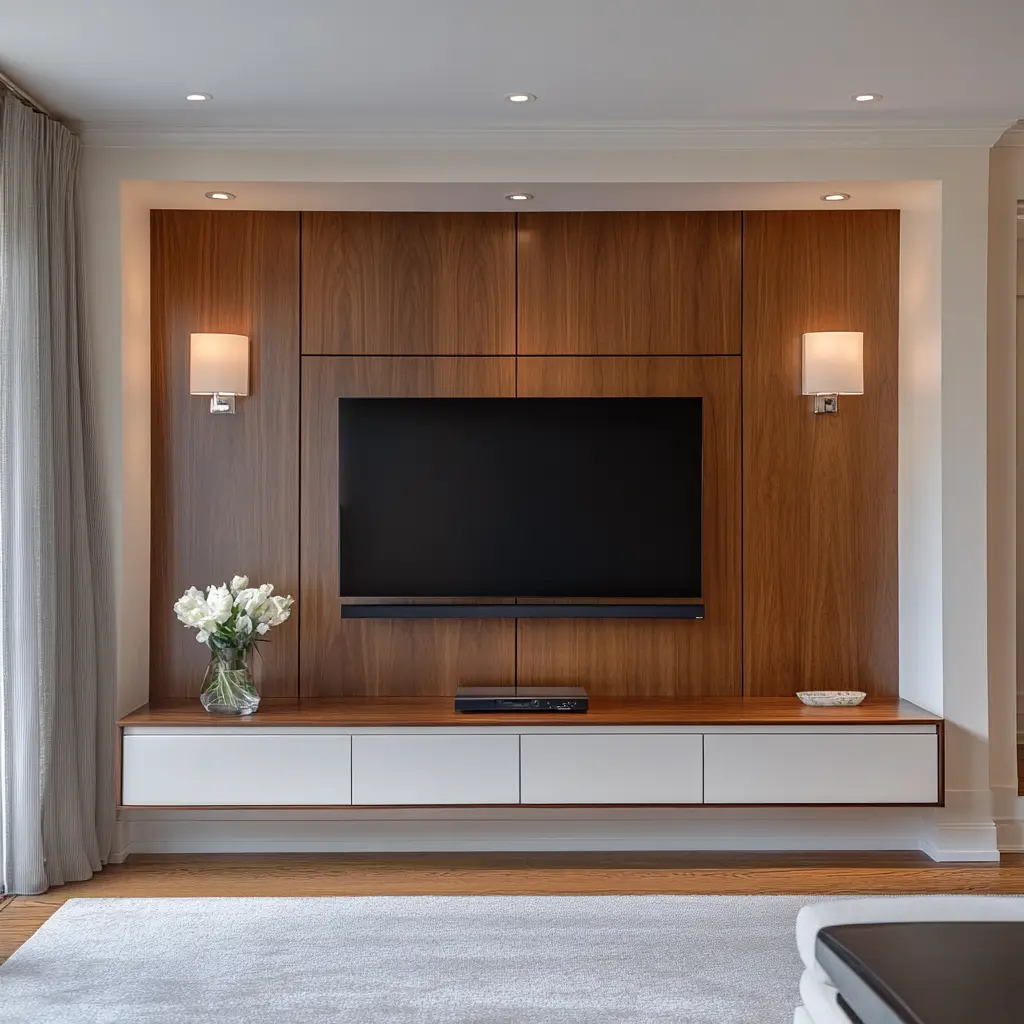
19. Use Pops of Color
If your base palette is neutral, bring in personality with colorful pillows, art, or a statement armchair. A touch of mustard yellow or emerald green goes a long way.
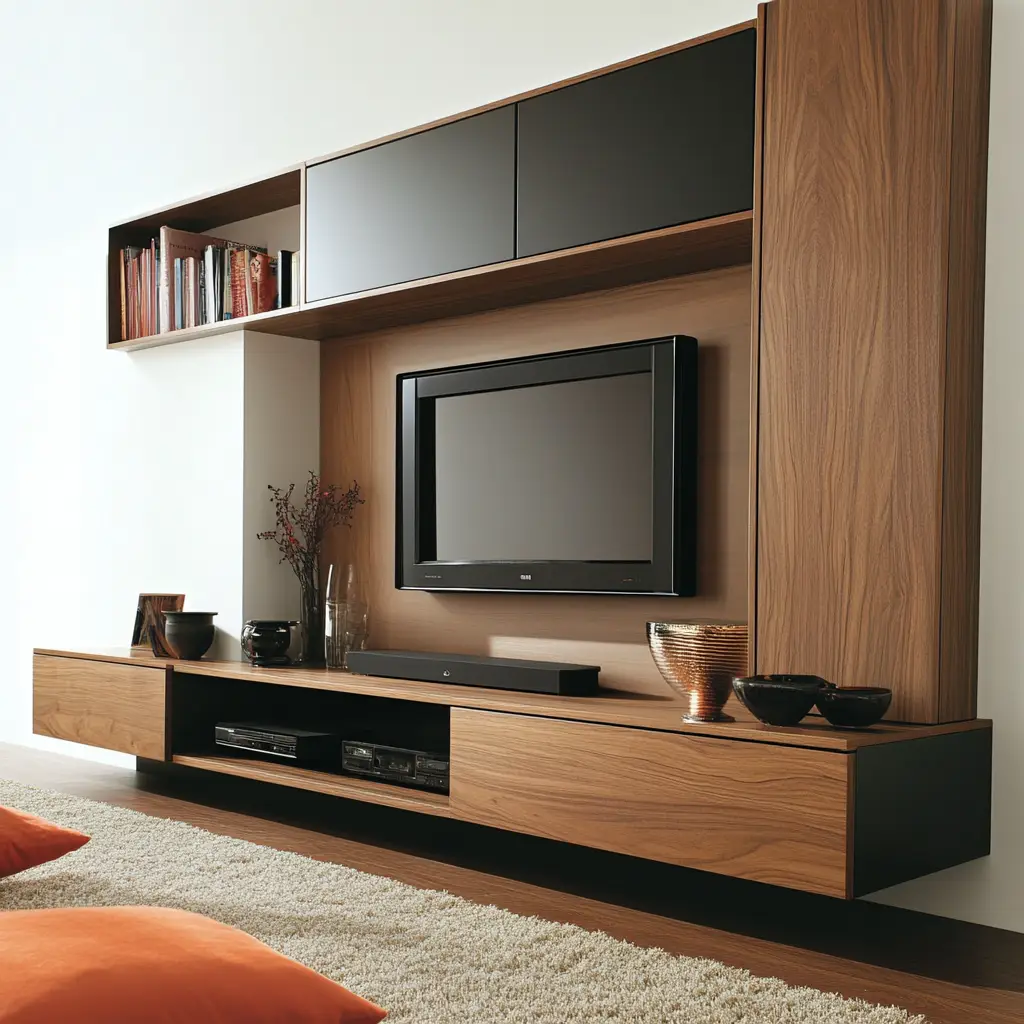
20. Emphasize Natural Light
Ditch heavy curtains in favor of sheer panels or linen drapes. Add mirrors across from windows to bounce light around and brighten the space.

21. Explore Moody Colors
Dark walls in navy, charcoal, or forest green create a cozy, intimate vibe—especially when paired with warm lighting and soft textures.
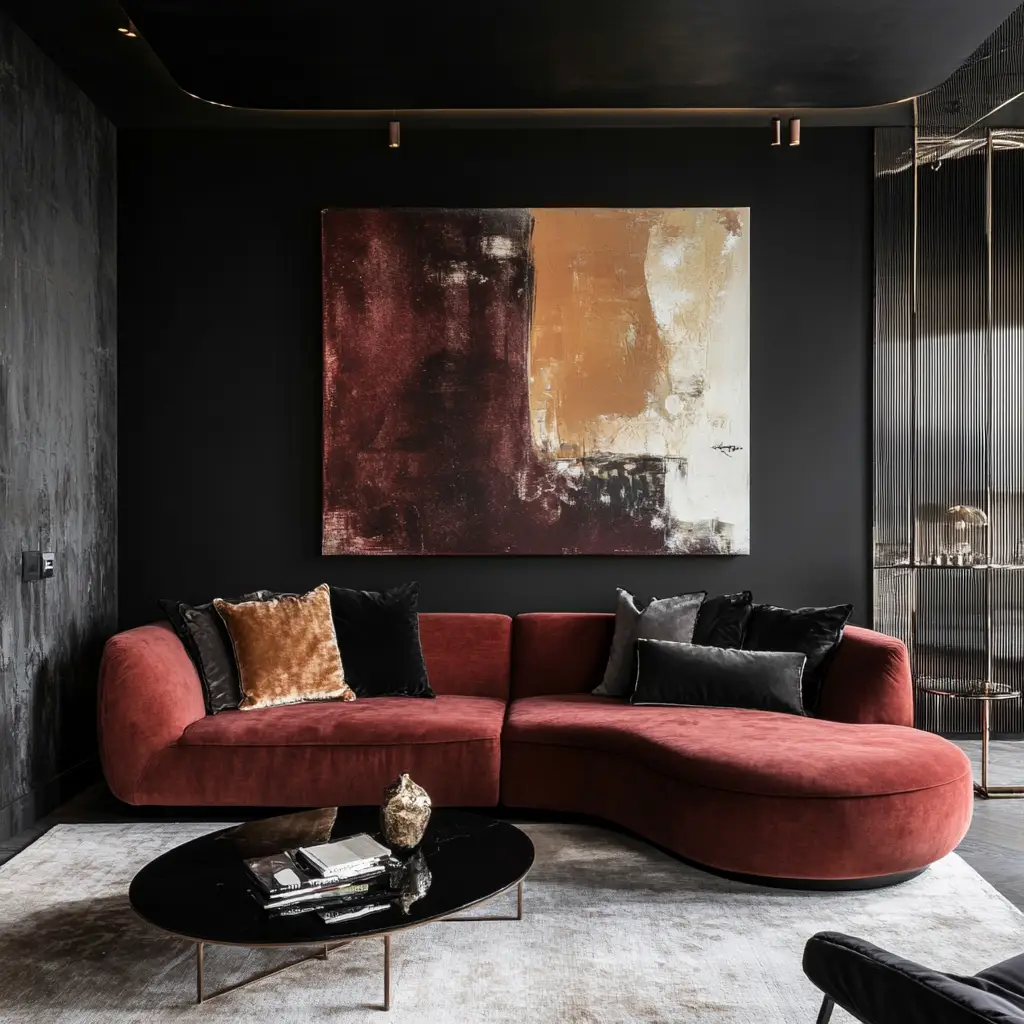
22. Use Rounded Shapes
Furniture with curves—like round coffee tables or arched sofas—softens the room’s overall feel and promotes flow.
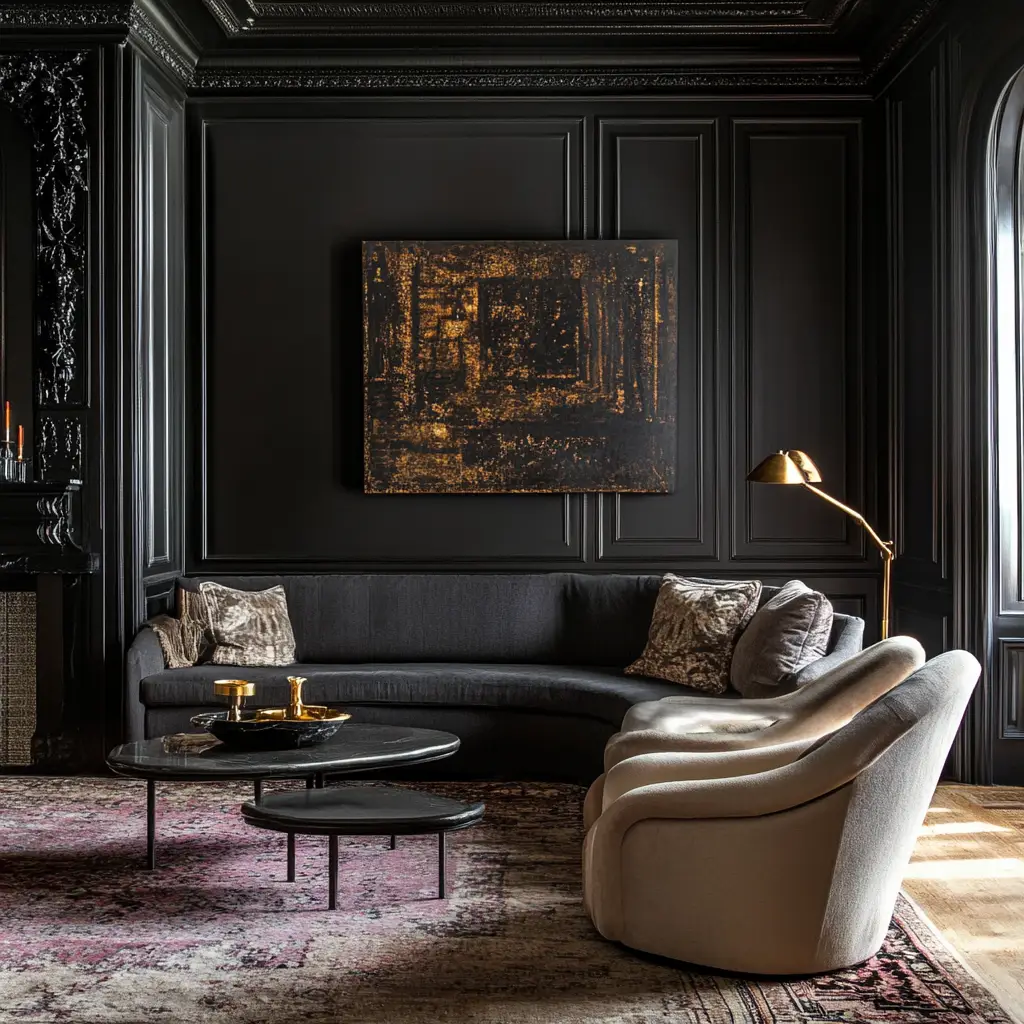
23. Display Oversized Art
A large-scale piece of art can become a powerful focal point. Abstract prints or nature-inspired paintings work well in larger rooms.
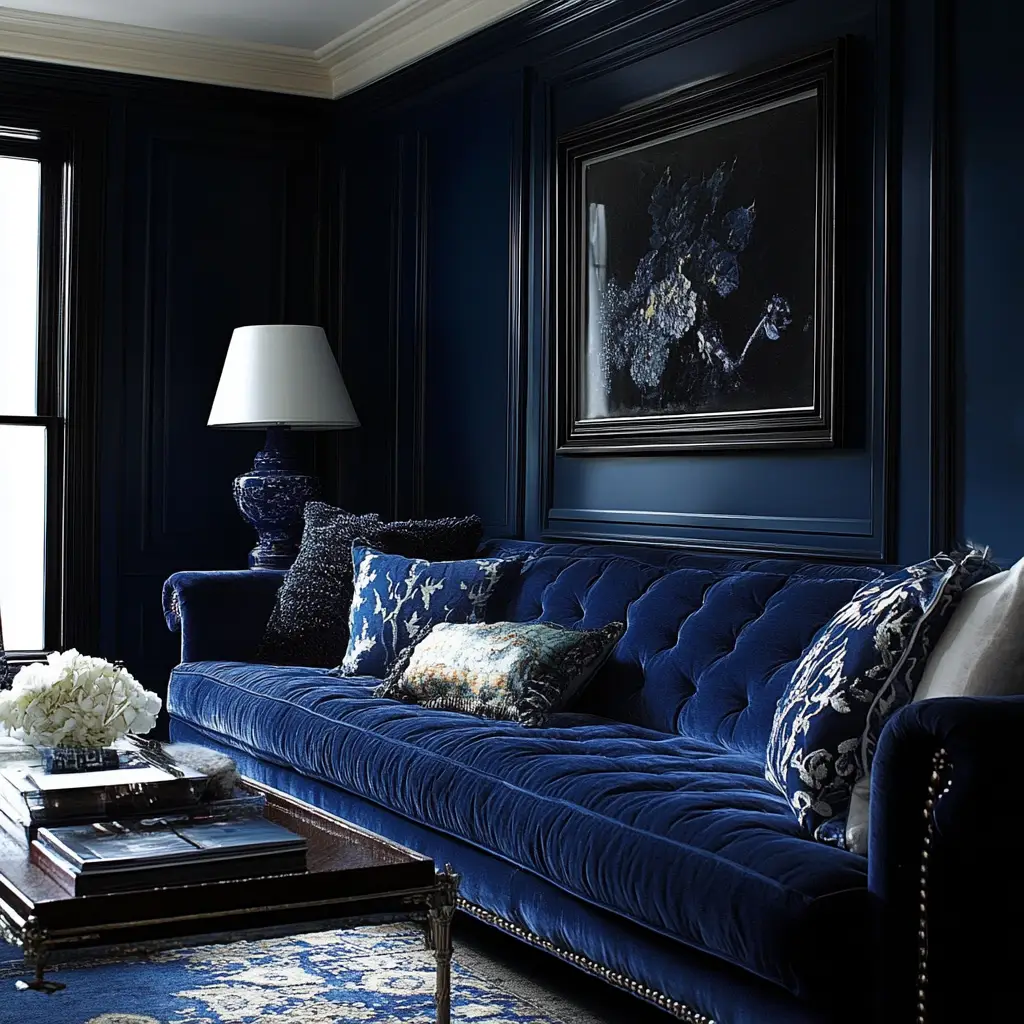
24. Use Modular Furniture
Modular sofas and storage systems can be customized to fit your space and needs. They’re especially great for families or open-plan living areas.
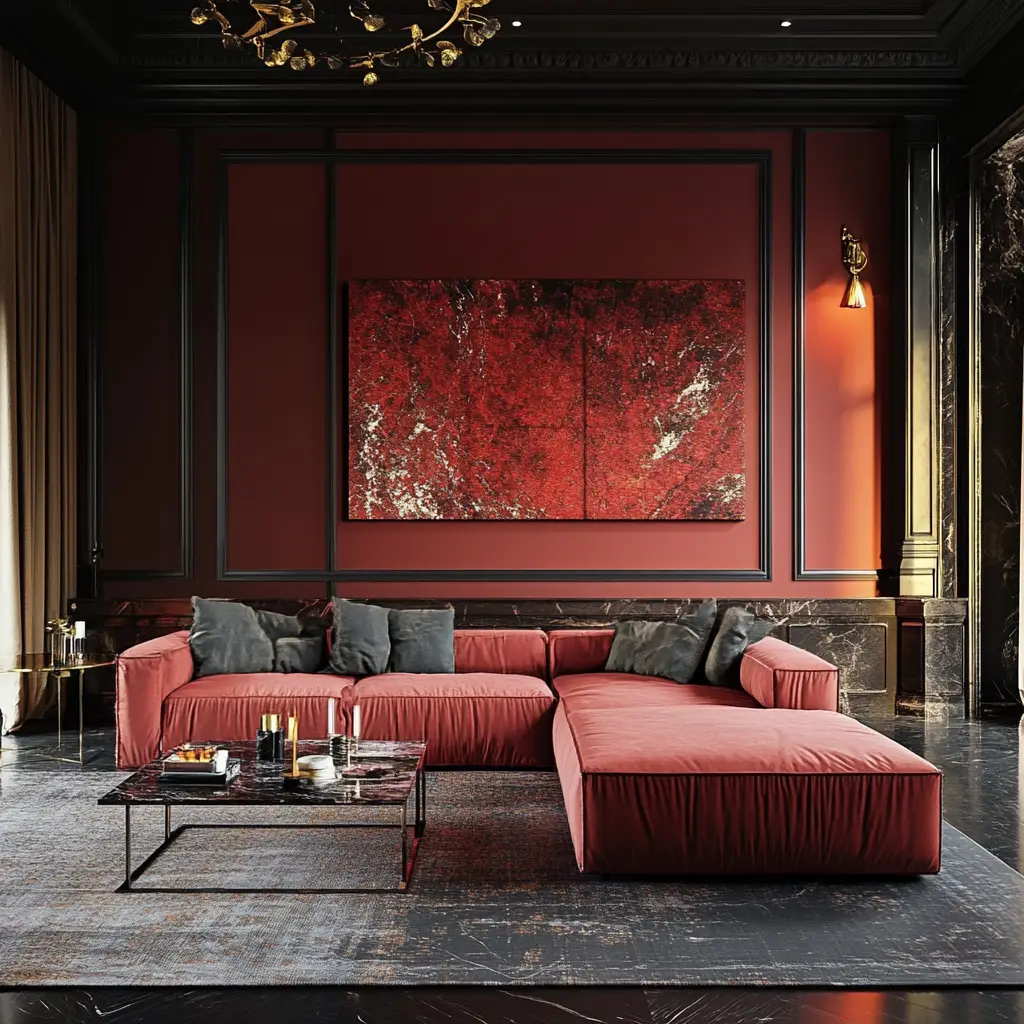
25. Incorporate Global Accents
Add character with textiles, pottery, or artwork from different cultures. These details tell a story and make your space feel personal.
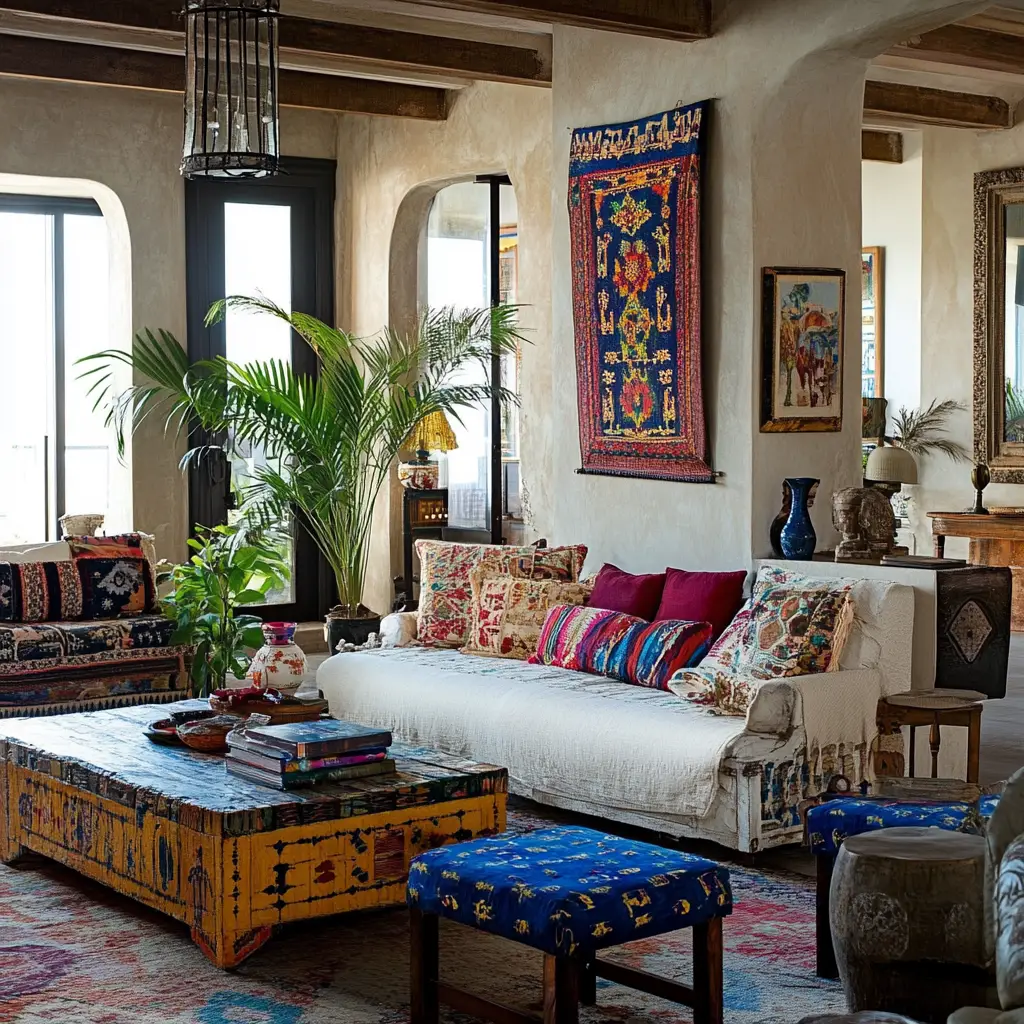
26. Create a Lounge-Worthy Feel
Deep cushions, plush rugs, and oversized throws can make your living room the ultimate retreat. Comfort is just as important as style.
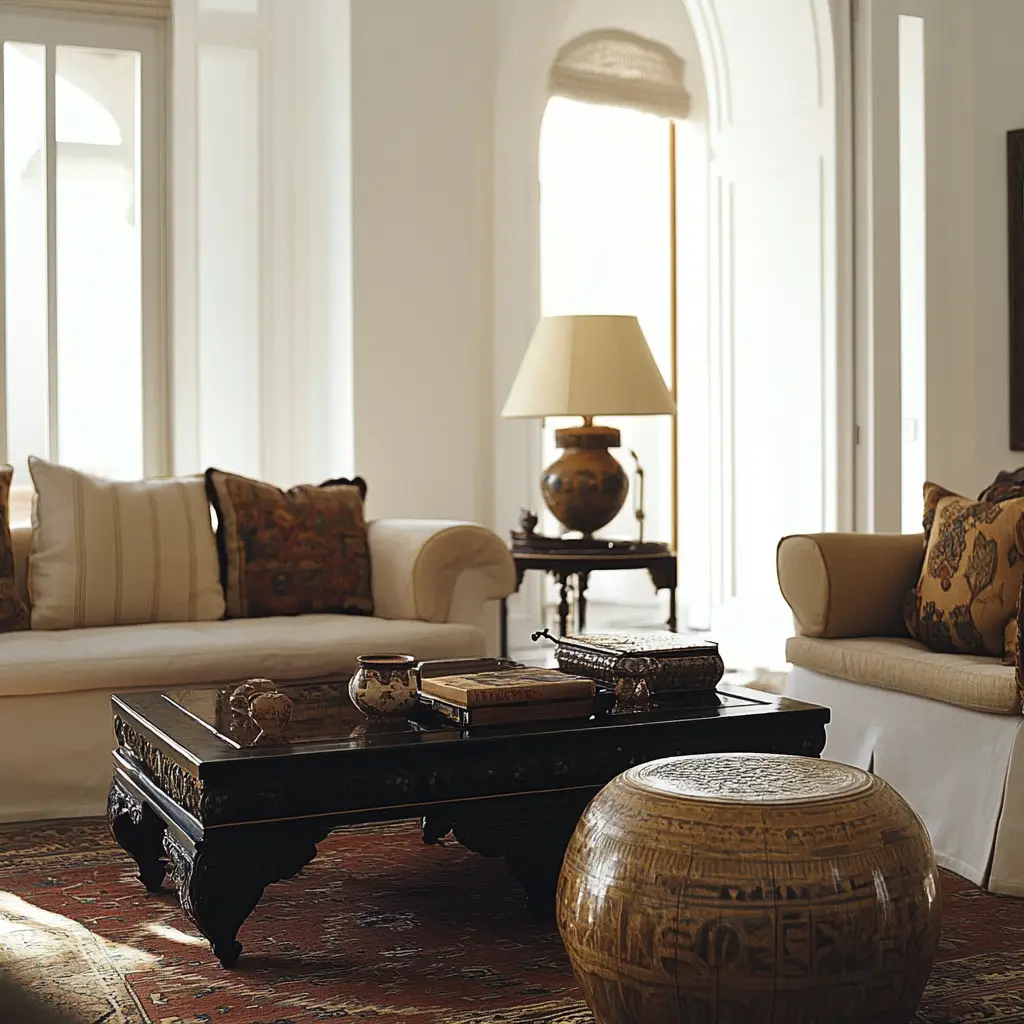
27. Transform Unused Corners
An empty corner can become a cozy reading nook, mini office, or bar cart station with just a few thoughtful pieces.
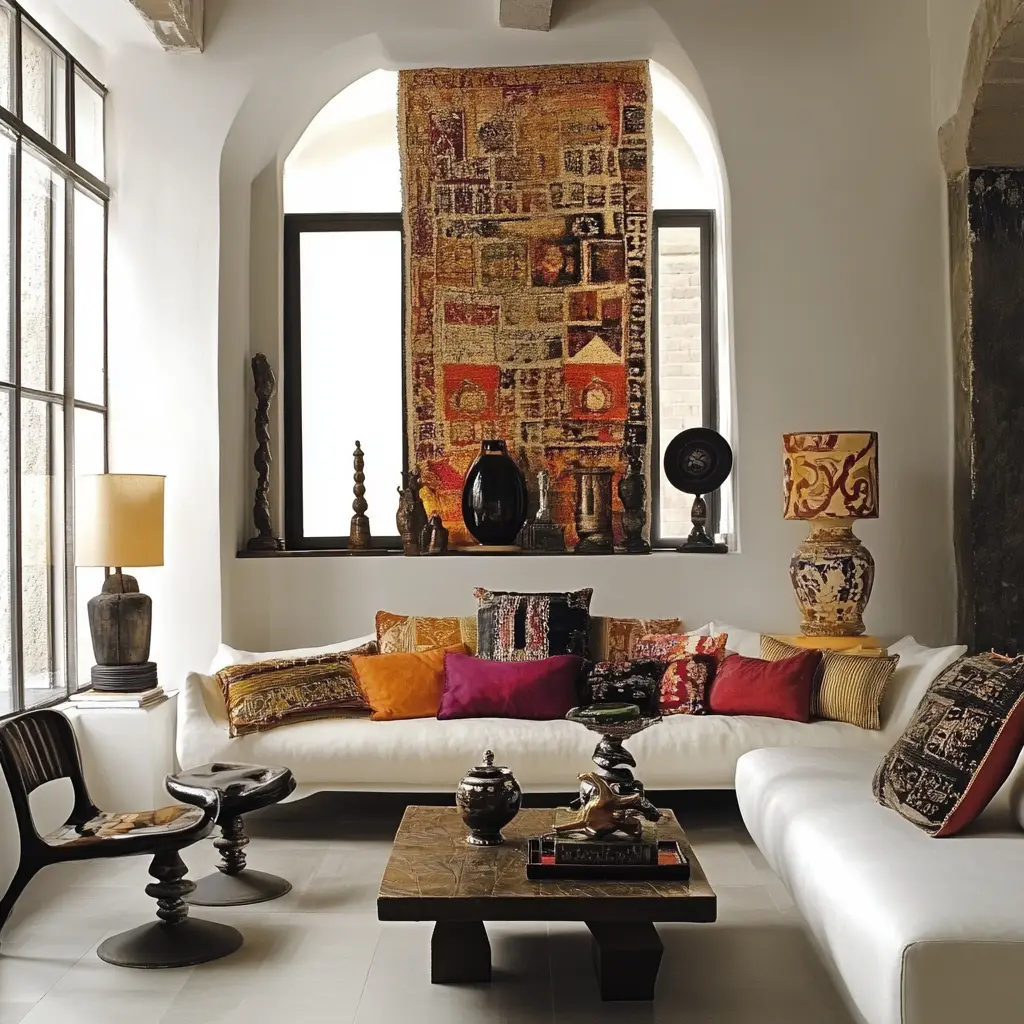
28. Stick to Symmetry
Symmetry creates visual order. Matching sofas or balanced light fixtures on either side of a fireplace or TV bring structure to your layout.

29. Add Mirrors Strategically
Mirrors reflect light and open up small spaces. Use them behind a sofa or over a mantel to create a more expansive feeling.

30. Make It Family Friendly
If you have kids or pets, consider durable fabrics, rounded edges, and smart storage solutions. You don’t have to sacrifice style for function.
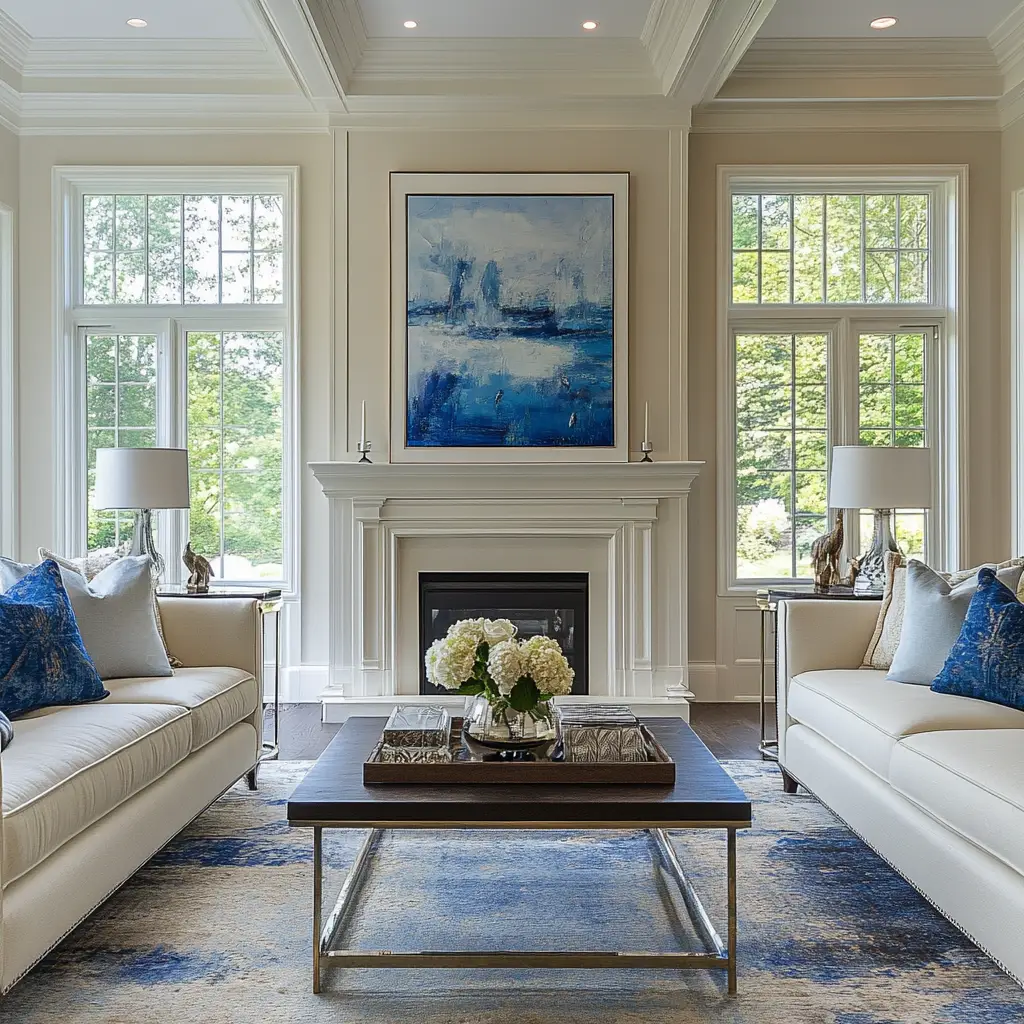
Frequently Asked Questions
How do I start designing my living room?
Start with a mood board or inspiration photos. Choose a color palette, decide on your main furniture pieces, and then add accessories slowly. Always consider function alongside aesthetics.
What’s the best way to arrange furniture?
It depends on your space and how you use it. Anchor the room with a sofa and arrange other seating around a central coffee table. Make sure there’s enough walking space and that furniture doesn’t block natural light.
How do I mix patterns without clashing?
Use a common color to tie patterns together, and mix different pattern types (like a geometric with a floral) in varying sizes to avoid visual chaos.
Can I design a stylish living room on a budget?
Absolutely. Shop second-hand, update existing furniture with slipcovers or paint, and use DIY art or thrifted accessories to make a big impact without a big price tag.
How can I make a small living room look bigger?
Use light colors, mirrors, and furniture with legs to create an open feel. Avoid bulky pieces and keep décor minimal.
Conclusion
Designing your living room isn’t just about choosing furniture—it’s about creating a space that reflects who you are and supports how you live. Whether you’re drawn to sleek modernism, cozy traditional charm, or bold bohemian flair, there’s a way to bring your style to life without sacrificing comfort. Let your living room be a space where you can truly relax, connect, and feel at home.
